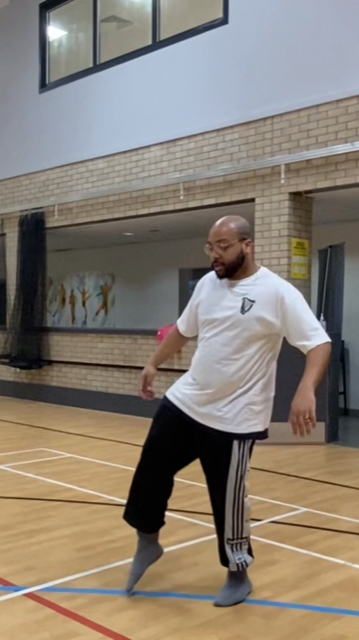Making films means working as a team and the process can include skills from across the curriculum, from writing to ICT. This makes it a great way to engage your learners and inspire them to be creative.
iPads and tablet devices are great for film making with young people as they can do the whole process on one device, from scripting to shooting to screening. And when it comes to the technical challenge of editing, remember there are huge amounts of tutorials available online. Your pupils have grown-up using technology like this, so don’t be afraid to challenge them to solve their own technical hiccups.
Download this blog as a resource sheet.
Film and Media #2: Making movies with your class
ACTIVITY 1: Introducing shot types with storyboards
Films are made with lots of different shots, wide shots, close-ups and more. Film makers use storyboards to plan out which shots they will use to tell their story. We can use storyboards in the classroom to introduce the concept of shot sequences to pupils and help them structure their written work.
You can find storyboards from famous films here. What is great about this site is that it also has links between the storyboards and the finished scenes from the movies. Show a storyboard to your pupils and ask them to identify which shots the director has chosen and to think about why they chose them.
Then ask your pupils to write a description of the scene where each shot is adapted into a single sentence, or for older pupils a paragraph. In a wide shot, they must set up the atmosphere by describing the things going on in the wider location, while a close-up will encourage them to write about the emotion the character is experiencing. Medium shots which include two characters encourages the writing of dialogue. This gives learners a framework for writing that includes relevant information, detail and descriptive language.
ACTIVITY 2: Filming a sequence
Now that your class understands how film-makers create sequences of shots, they can try it for themselves. Ask the learners to think of a short and simple activity they could film. It could be a dance, or a mini-drama, or a magic trick. Anything that is less than a minute long and can be done safely in a small space.
Next, ask them to create a storyboard that shows the shots they would like to use for each part of the activity. Give them a limit of five shots and ask them to use a mixture of shot sizes (Wide Shot, Close-Up, Medium Shot etc.) and to write notes about the camera angle (e.g. low down, eye-level or from above). You can download templates here.
Once they have a plan, ask them to film it and edit it together. Remember you do not have to be the technical wizard in the room. Your pupils have grown-up with this technology and there are thousands of how-to videos and tutorials online.
Once they have a film, ask them to show it to the class and talk about why they chose the shots they used. This is a great way to encourage reflection and give them opportunities to develop their oracy.
ACTIVITY 3: Filming a how-to video
Great films are all about communication. Now that your pupils have experience of creating shot sequences, you can challenge them to use their film-making skills to communicate ideas.
A great activity is to get your pupils to film a science experiment being done. Their brief is to make a film that explains the methodology of the experiment well enough that the viewer could replicate it with no further information. Ask your pupils to select camera angles and shots that show all of the important stages in the experiment in the clearest, most understandable way.
What next and where to find more help
LINKS: More resources to help you make films with your pupils
https://www.studiobinder.com/blog/storyboard-examples-film
https://boords.com/storyboard-template
This is a series of 15 ‘Skills not Frills’ resource sheets, each accompanying a short video.
This is no #2 of 3 media resource sheets and accompanying film.
A2 Connect Arts Champions are teachers who work with us to share their practice and expertise with other schools/teachers in the region.
*Create and discover opportunities for your school and pupils, or your creative business*
Whether you’re a teacher looking for a creative person to share skills and inspiration with your pupils … or a creative person looking for teachers and pupils who can benefit from your input: make sure to CREATE as well as SEARCH for opportunities on Plwg.


